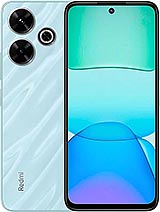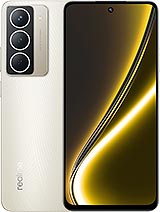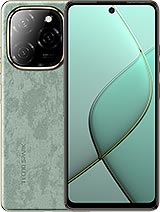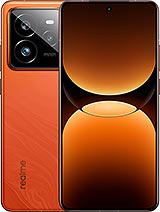Lava Blaze Duo alternatives
Tap above to see alternatives.
Samsung Galaxy S24 FE alternatives
Tap above to see alternatives.
Samsung Galaxy S24 FE
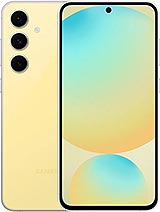
Samsung Galaxy S24 FE
-
Exynos 2400e
4 nm
-
4700 mAh
25W
-
6.7"
1080 x 2340 pixels
-
50 MP
8K@30fps
2x2.5 GHz Cortex-A78
6x2.0 GHz Cortex-A55
1x3.1 GHz
2x2.9 GHz
3x2.6 GHz
4x1.95 GHz
8GB 128GB (UFS 3.1)
8GB 256GB (UFS 4.0)
8GB 512GB (UFS 4.0)
(wide), PDAF
2MP
f/1.8, 24mm (wide), dual pixel PDAF, OIS
8 MP
f/2.4, 75mm (telephoto), PDAF, OIS, 3x optical zoom
12 MP
f/2.2, 123˚ (ultrawide)
4K@30/60/120fps
1080p@30/60/120/240fps
720p@960fps
f/2.0, (wide), 1.0µm
f/2.4, 26mm (wide)
1080p@30/60fps
SIM1: Nano, SIM2: Nano
SIM1: Nano, SIM2: eSIM
FDD: N1, N3, N5, N7, N8, N20, N28
TDD: N38, N40, N41, N66, N77, N78
FDD: N1, N2, N3, N5, N7, N8, N12, N20, N25, N26, N28, N66
TDD: N38, N40, N41, N77, N78
FDD: N1, N3, N5, N7, N8, N20, N28
TDD: N38, N40, N41, N66, N77, N78
FDD: N1, N2, N3, N5, N7, N8, N12, N20, N25, N26, N28, N66
TDD: N38, N40, N41, N77, N78
In this comparison, the Samsung Galaxy S24 FE with the Exynos 2400e (4nm) performs better than the Lava Blaze Duo with the Mediatek Dimensity 7025 (6nm), thanks to its more efficient chipset.
The Samsung Galaxy S24 FE offers 7 years of OS updates, while the Lava Blaze Duo provides 1 years. When it comes to security updates, Samsung Galaxy S24 FE leads with 7 years of support.
Both phones feature AMOLED displays. They have the same 120 Hz refresh rate. These phones offer the same brightness level at nits. These phones have the same resolution.
Lava Blaze Duo has a larger 5000 mAh battery for longer usage. Lava Blaze Duo supports faster wired charging at 33W. Samsung Galaxy S24 FE supports wireless charging at 15W, while Lava Blaze Duo lacks this feature.
Samsung Galaxy S24 FE offers better water and dust resistance with an IP68 rating.

